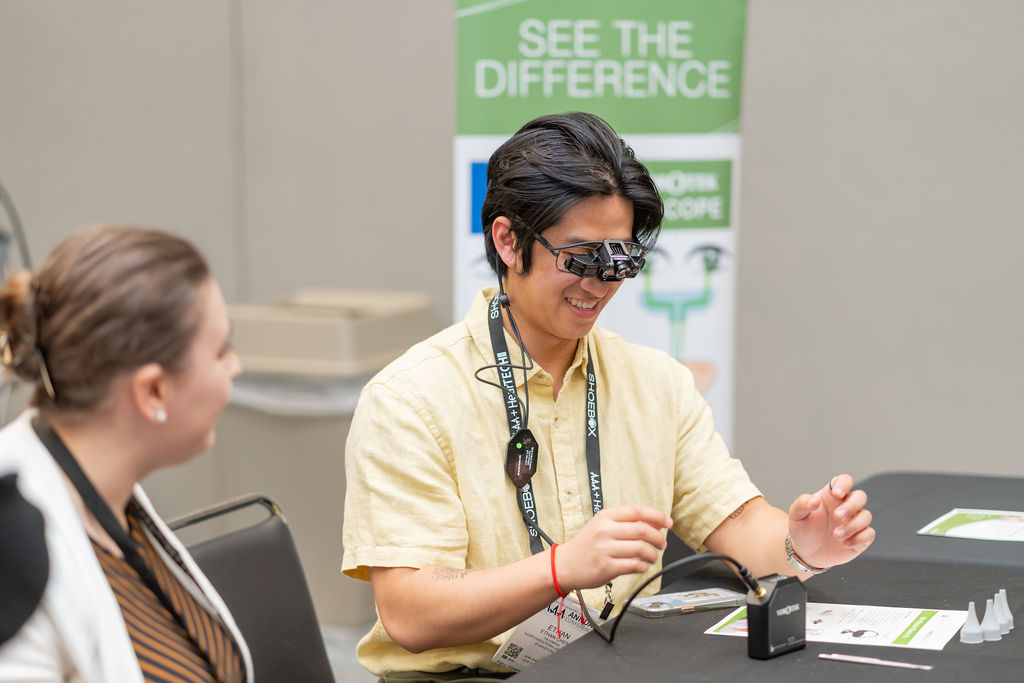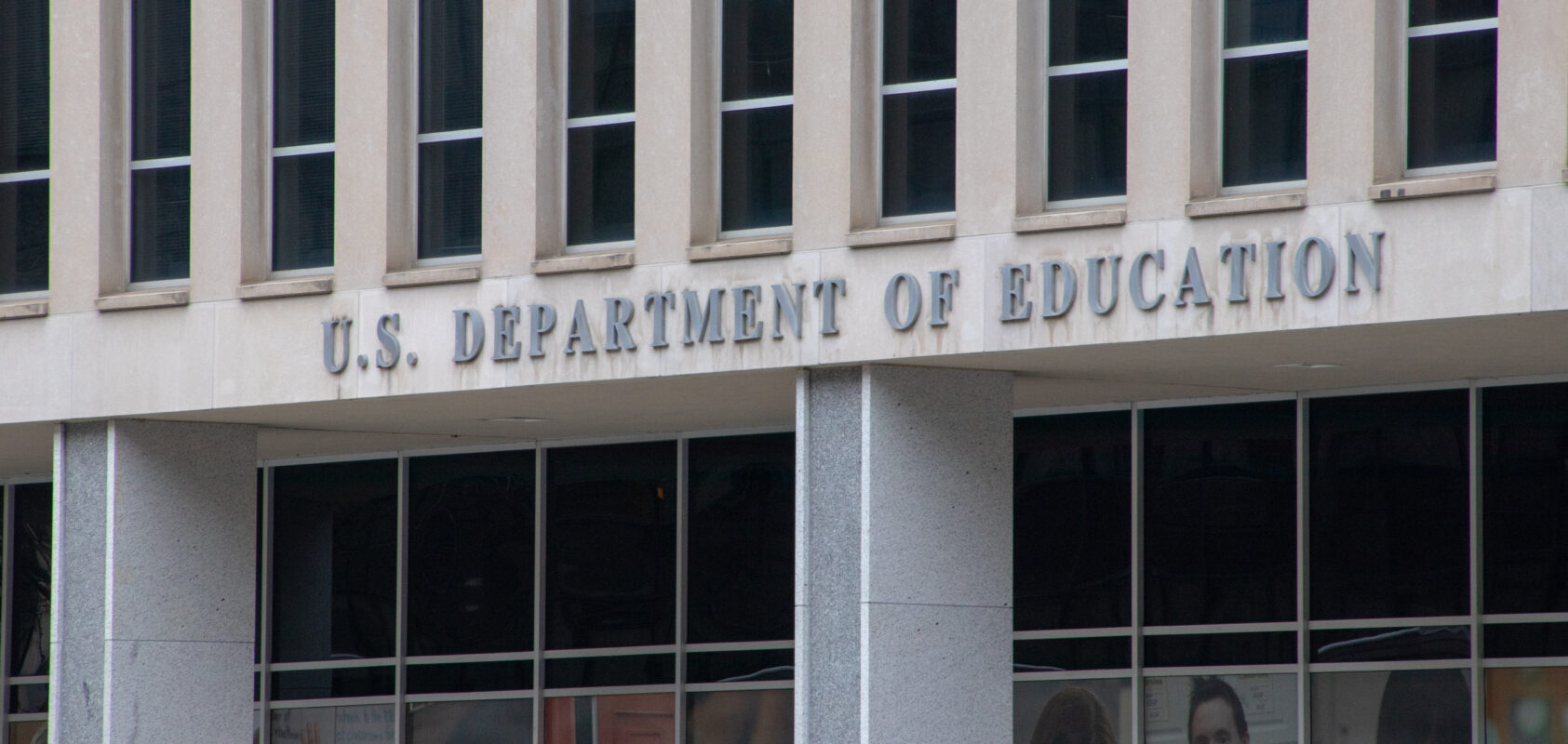In 1964, the American music duo Paul Simon and Art Garfunkel released a song titled The Sound of Silence. Garfunkel, one half of the duo and co-writer of the famous song, summed up the meaning of this song by stating, “this is a song about the inability of people to communicate with each other” (Patton, 2023).
John Greer Clark, PhD (2023), has taken these profound lyrics and pointed out that they can serve as a reminder to audiologists “…to give voice to the often-unvoiced words in a clinical exchange.”
Dr. Clark goes on to describe two types of silence often present during clinical encounters between audiologists and patients. Therapeutic silence is beneficial and serves a therapeutic role to move the patient forward in the rehabilitative context. Pausing before responding to an emotionally charged statement allows the patient a moment of reflection. A brief pause is also helpful after we speak to our patients, allowing them to process what it is we said.
Avoidant silence, however, can create a distance between audiologist and patient. This type of silence can leave patients feeling unfulfilled, as they perceive their audiologist does not understand their concerns. For example, when a patient makes an emotionally charged statement the audiologist does not respond.
Only when we stay attuned to all of the clinical exchanges do we really listen with our hearts. Unfortunately we can “talk without speaking” and not address the emotions our patients are expressing. We can also “hear without listening,” disregarding, whether purposefully or not, the disappointment being expressed.
Clark goes on the describe that when we use compassionate observance and listen from our hearts to the impact our words or our treatments are having, we can provide more appropriate responses.
“The positive impact of our words that may acknowledge unspoken or veiled emotional undercurrents are often immeasurable but may add only seconds to the clinical encounter.”
Let us strive to ensure that the sounds of silence in our clinical interactions are appropriate and empathetic.
References
Clark JG. (2023) The sound of silence in audiology. Hear J 76(07):18–20.
Patton A. (2023) The profound meaning behind Simon and Garfunkel’s “The Sound of Silence.” Amer Song. (accessed August 2, 2023).
Words and Music and Stories 2017 Simon & Garfunkel: The Sound of Silence. (accessed August 1, 2023).
Recent Posts
Turn Insight Into Action! Attend Learning Labs at AAA 2026
Ready to take your professional development to the next level? At AAA 2026, Learning Labs are your chance to go beyond lectures and dive into…
Your Support Makes the Difference—Let’s Finish the Year Strong
As we wrap up the year, I want to thank you for your generosity supporting the AAA Foundation’s work. The enclosed report highlights what you…
Audiology Faces New Challenges Under Draft Federal Loan Rule: What Comes Next
Member Action Needed Soon! The U.S. Department of Education’s Advisory Committee has reached consensus on proposed regulations implementing the higher education provisions of the One…


